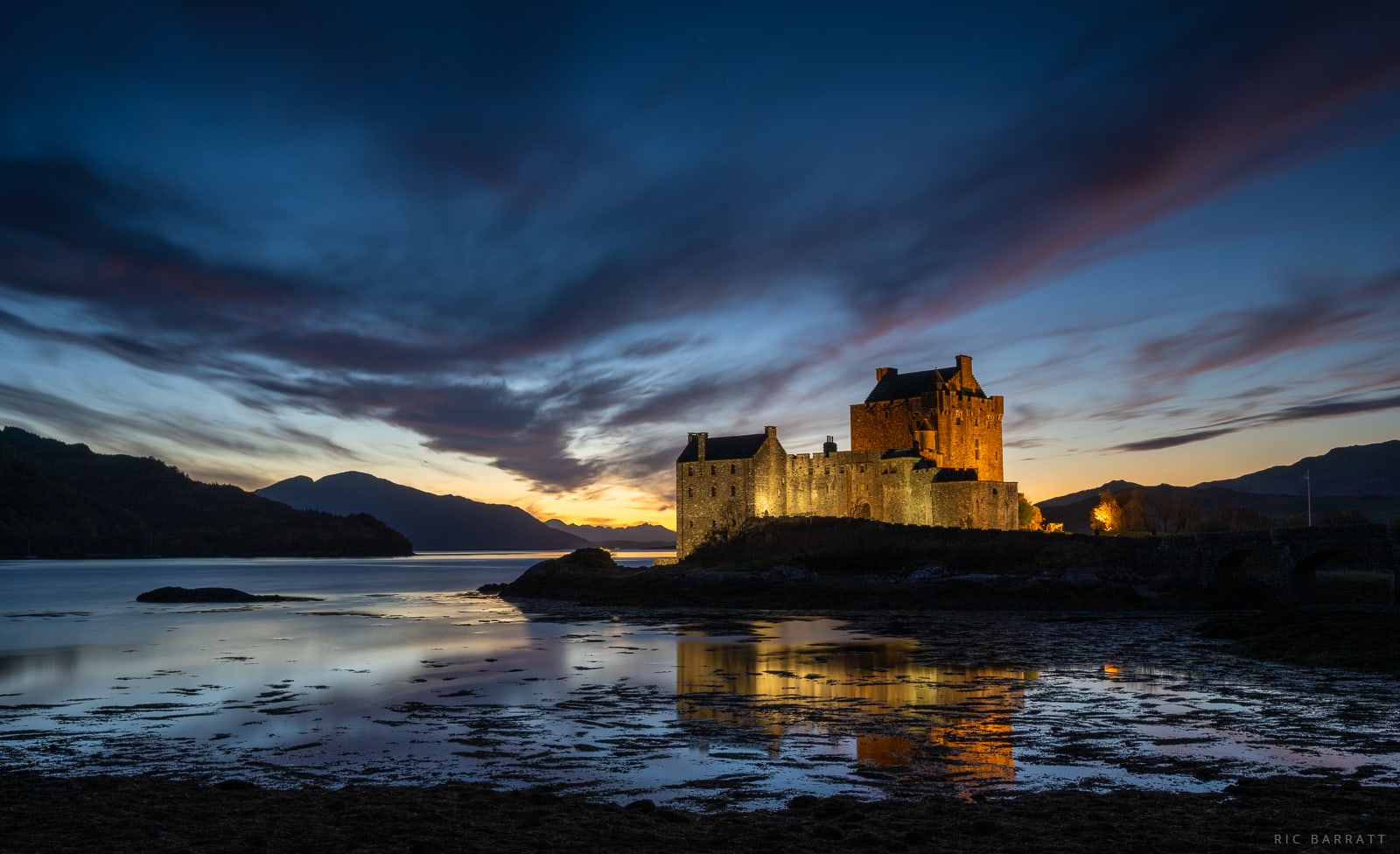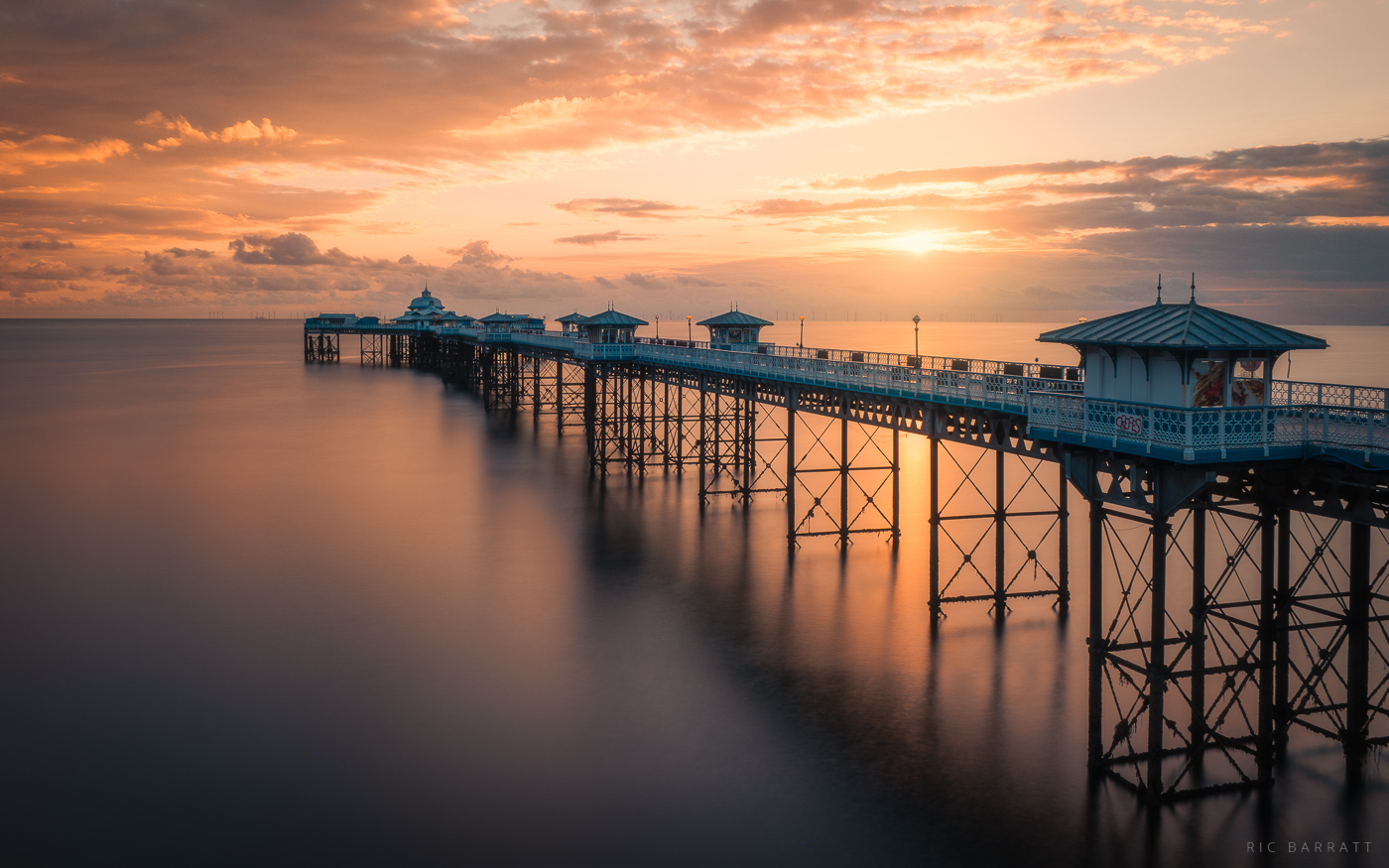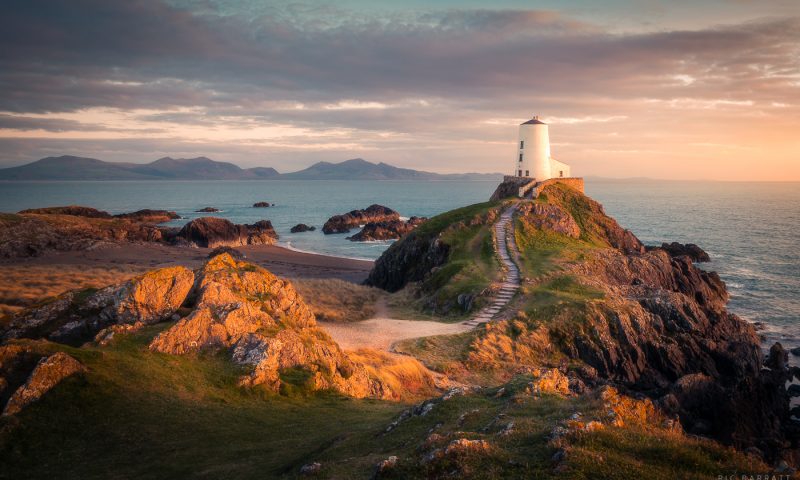When I first started taking pictures I had pre-conceived ideas about what good landscape pictures were, and the best way of capturing them. Over time I began to realise that these were actually landscape photography misconceptions, and were either inaccurate or altogether wrong. These preconceptions stifled the quality of my early images and my ability to grow as a photographer. I thought I would share a few of them.
Misconception #1: Good landscape photography requires a lot of travel
I used to spend a lot of time researching about, and travelling to, famous photo locations. I believed only well-known areas, such as the national parks, the Scottish Highlands, or big cities like Paris and London, could provide me with sufficient opportunities to capture great pictures.
Whilst the ability to travel undoubtedly brings opportunities to the landscape photographer, it is by no means essential. Potentially great photography locations can be found almost anywhere, and travelling hundreds of miles is not always necessary or desirable.
Through careful research or good fortune it is often possible to find wonderful spots worth capturing locally, even in the most unexpected places. In fact, there are some inherent benefits to staying local: travel expenses are reduced, there is greater opportunity to visit photo spots during a variety of lighting conditions and seasons, and there is the potential to capture a unique shot in a lesser-known location.
Misconception #2: Landscape photography is about capturing huge vistas with lots of details
When I first started capturing landscapes, I assumed that in order to get a good image I would need to cram in lots of details. I would climb hills and, once at the top, attempt to capture as much of the view as I could. I thought that if the view was good then the photograph must also be good.
I frequently tried to cram too many elements into the frame, and most of these features become small and lost. This resulted in images which were confusing, busy and flat. I had failed to realise the futility of trying to a capture a vast, encompassing vista in the finite dimensions of a photograph.
I now know that I don’t necessarily need to climb to hilltop viewpoints to capture landscape photographs: often a simple tree in a field, or a lonely house down a country lane, is more than enough subject matter for a successful image. By simplifying my photos I can concentrate more on composition, which ultimately results in a better image.

Misconception #3: Landscape photography is about shooting sunsets
Most of my early landscape photographs were of sunsets. Sunsets, captured properly, can make very successful pictures, but they are not always easy to get right. Sunset images often contain areas which are very bright (the sun) or very dark (deep shadows). This wide range of luminosity can be difficult to capture. It is all-too-easy to end up with burnt-out skies, or deep shadows void of any detail. It is often essential to use graduated filters or take multiple exposures to combine on computer later. This adds an additional layer of complexity for the beginner photographer to master.
Shooting lots of sunsets can also result in a portfolio of images which all look very similar.
These days I do not often shoot towards the sun and instead try to use the sun as a light source to photograph other features: amber glowing hillsides, glistening leaves on trees, vibrant colours twinkling on the surface of water.

Misconception #4: Using a very high f-number will help with image sharpness
I took many of my early landscape photographs using very small apertures (high f-numbers). I knew that using a high f-number increased the focal range of lenses. I would therefore set my camera to use the highest f-number available, believing this would allow me get the sharpest picture possible. I hadn’t realised that, not only is this unnecessary, it actually reduces the quality of the image (due to a phenomenon known as ‘diffraction’). Using a high f-number also increases the time the shutter needs to remain open, making motion blur more problematic.
These days I tend to take most of my landscape shots around f/11, the ‘sweet spot’ for my lens.
Misconception #5: Good landscape photographers carry a lot of gear
When I first started using my camera I would take most of my photographic gear out with me everywhere. This included a macro lens and a flash which I hardly ever used. My camera bag was always heavy and it was tiring to carry it around. After a while I realised that lumbering my gear everywhere was reducing the enjoyment I got from my hobby.
These days I try to limit the gear I carry. Typically my bag only includes one or two lenses, a few filters and a lightweight tripod. Yes, there are occasional times when I miss a specific piece of gear, but this is easily offset by the additional manoeuvrability and enjoyment provided from a lighter camera bag.
